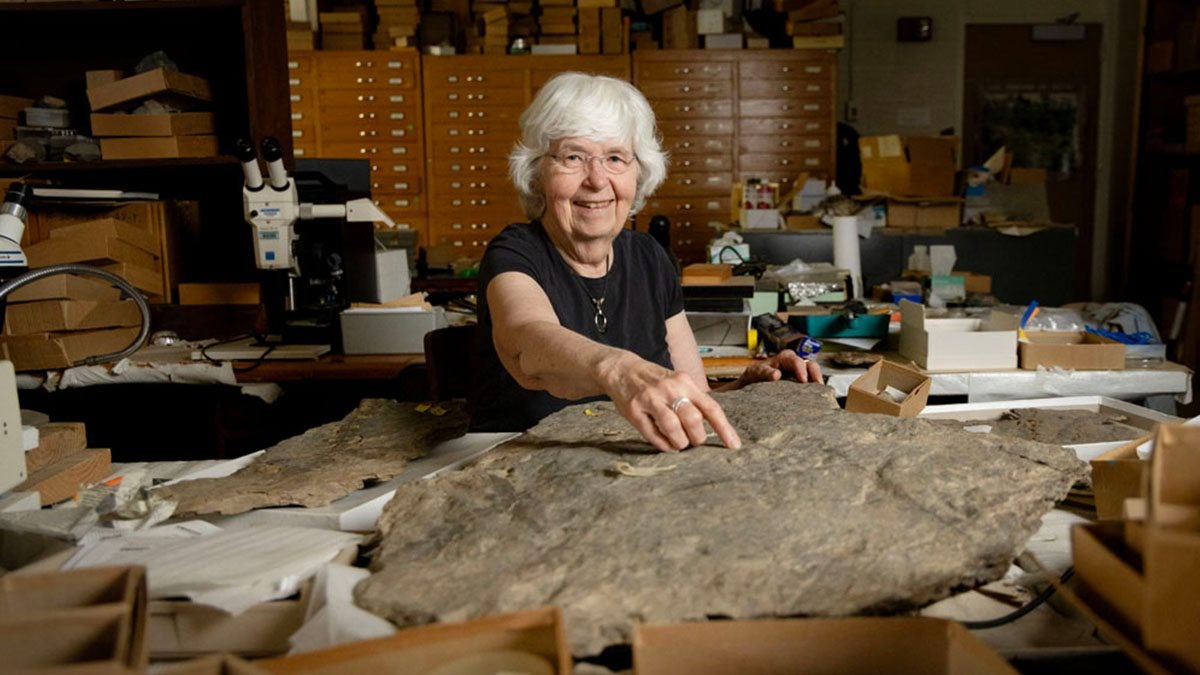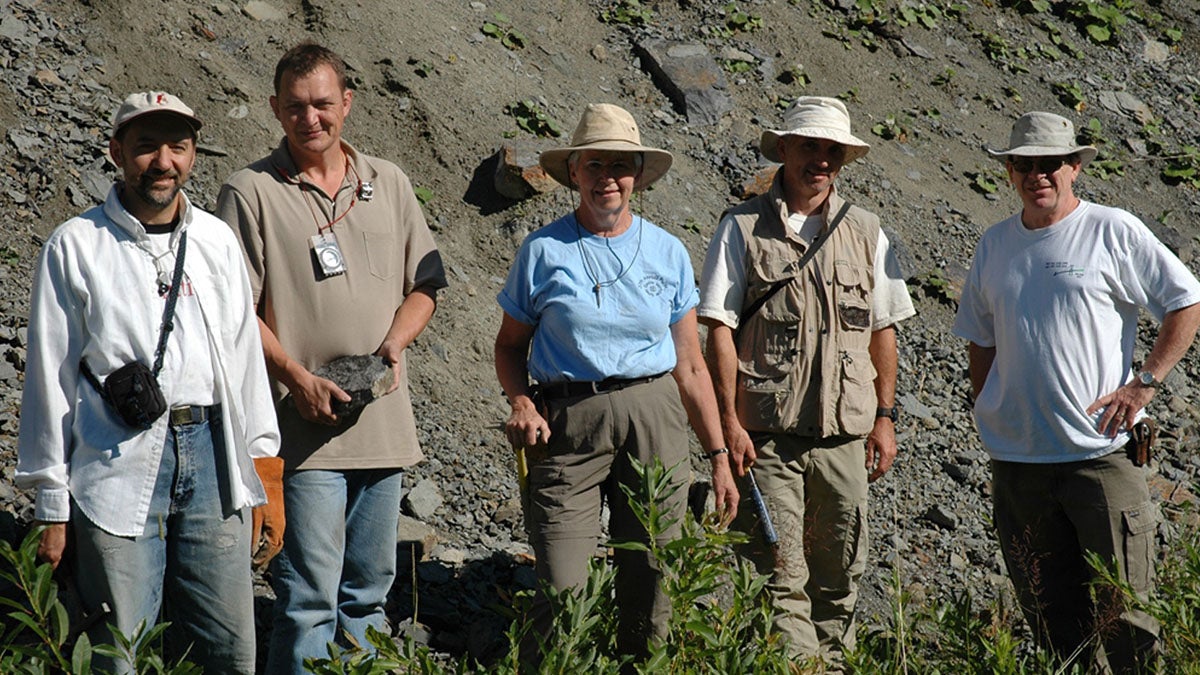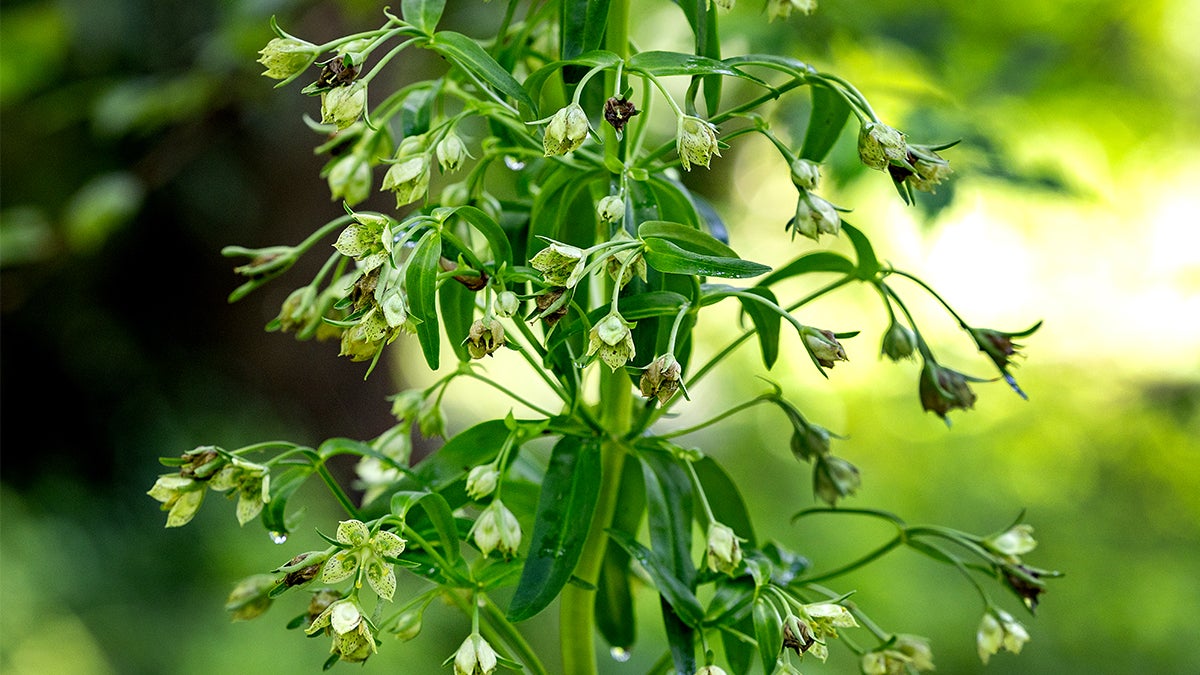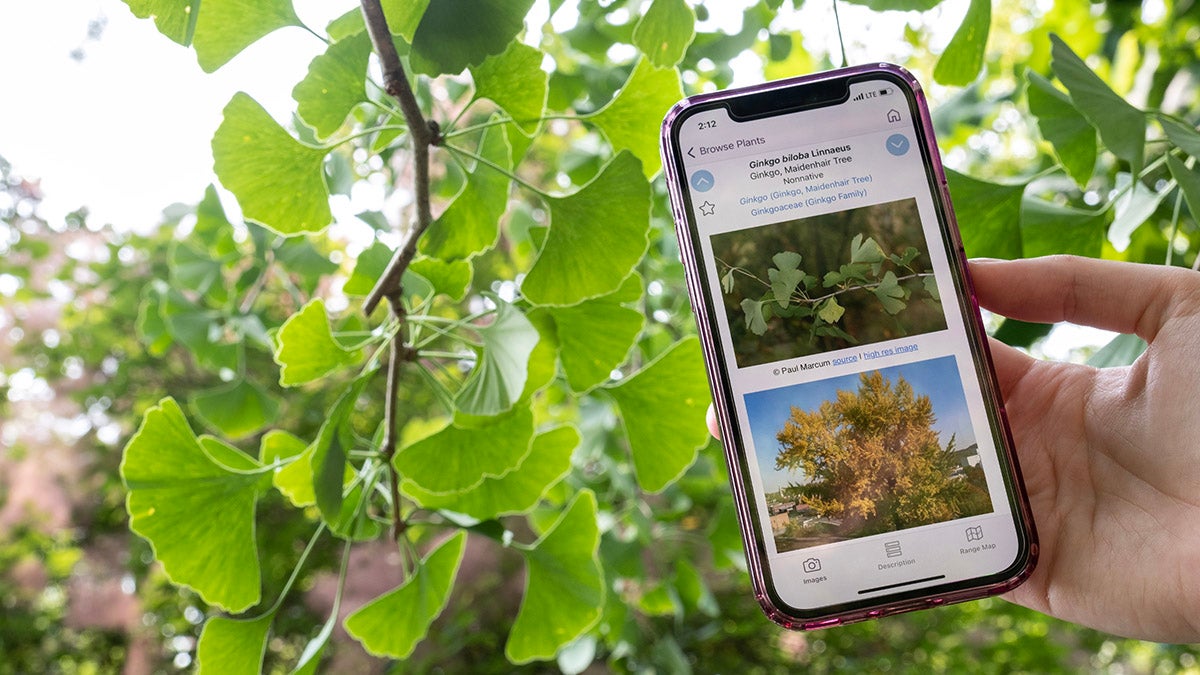Paleobotanist searches for ancient plants
Emeritus professor Patricia Gensel studies 400-million-year-old plants across the globe.

Patricia Gensel is like Indiana Jones — but for plants.
Gensel is a paleobotanist and an emeritus professor who recently retired from the biology department in the UNC College of Arts and Sciences. She studies plants from the Devonian and Lower Carboniferous periods, which date back 327-400 million years — pre-dating dinosaurs.
“These are small, simple plants,” she explains. “Some of them lacked roots. Many of them lacked leaves. They mostly had a stem and a reproductive structure called the sporangium.”
Since joining the Carolina biology faculty in 1975, Gensel has drastically improved our understanding of these flora, uncovering new classifications of plants, approximating the number of species that existed and rigorously documenting their evolution. To study them, she’s collected fossils found in rocks all over the world, from the Canadian arctic to Beijing to Australia, and has published this work in nearly 90 papers and a book.
“Plants give us oxygen, and without them, we wouldn’t be able to survive,” she says. “Plus, we all have an interest in knowing where we come from — and this is where we come from on a big scale.”
Spores and schools
Gensel’s passion for plants stems from her childhood near Buffalo, New York, where she grew up tromping through her grandfather’s farm, mesmerized by the different organisms she saw. She spent her last two summers before college participating in summer science programs that included field trips.
About halfway through her undergraduate degree in biology at Hope College in Holland, Michigan, she attended a lecture on fossil spores. And when she approached the professor to ask a few questions, he offered her a job in his lab.
“I think I always had an interest in plants, but this crystallized it,” she says.
Her mentor introduced her to a palynologist — a person who studies fossil spores and pollen — who was looking for an assistant to aid him in his research on Devonian spores in London. But after a year, she realized she preferred studying whole plants versus spores. She came back to the U.S. to work on master’s and doctorate at the University of Connecticut.

Gensel (center) and a team of researchers pose for a photo before unearthing fossils in a Devonian outcrop outside Campbellton in New Brunswick, Canada. (Courtesy of Patricia Gensel)
A pioneering paleobotanist
After graduating from UConn in 1972, Gensel stayed on as a postdoctoral researcher for a few years before landing a faculty position in the botany department at UNC-Chapel Hill in 1975. She and Ann Matthysse, who is still at Carolina, were the first two female professors ever hired by the department.
Paleobotany was a way for Gensel to merge multiple interests. It requires foundational knowledge in both botany and geology, but also involves working at excavation sites, unearthing fossils with the same techniques archaeologists use to uncover artifacts.
“I was fascinated by how many of these 400-million-year-old plants had features present in living ones,” Gensel shares. “At that time, they looked very different, but they still were doing some very similar things and were surprisingly more sophisticated than people thought when I first started out in this field.”
Recently, Gensel and two colleagues found one of the most intact fossilized trees from the Lower Carb to date. With its tall skinny trunk and almost equally long spindly leaves, it looks like something out of “The Lorax.” So, of course, the research team is affectionately called it the “Dr. Seuss tree.”
“This tree is special because it doesn’t match any existing models we have of trees from this period,” Gensel explains.
An ending and a beginning
Now that Gensel has retired, she’s devoting her time to her remaining research projects, of which she has many.
“I still find it exciting to work with these plant puzzles,” she says. “They’re some of the biggest and hardest puzzles out there.”

